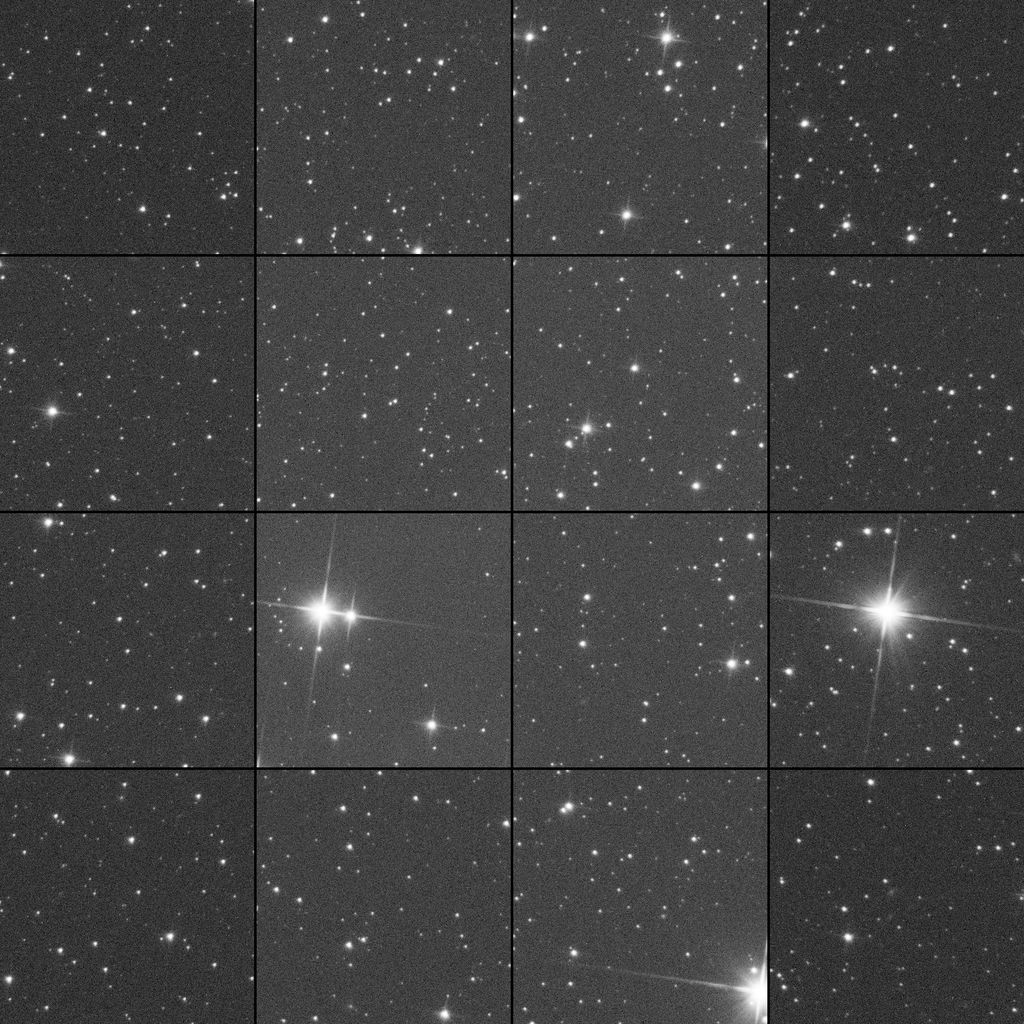Ashraf AbuSara:James Peirce:
I’m a little bit confused by some of the advice in this discussion. The ɛ160D with 1.5x extender would be on paper is advertised at 792mm f/4.95, which at 3.76μm pixels would sample at 0.98"/pixel. Which isn’t demanding exceptional skies for sampling.
Recently I picked up (ah, financial indiscretion) an ɛ180D with the 1.5x extender, and it has been an absolute delight to use in both configurations, and my time so far with the has not left me dissatisfied with the sampling of my results. Say nothing for using a tool like BlurX and latitude afforded with some drizzle upsampling (which, for me so far, has been beneficial even in terms of sampling thanks to the generally moderately stable atmosphere where I image). The performance of the extender is exceptional.
At a remote imaging dark site, I would personally be more concerned with having something set up to run at the field of view I was interested in than having it be as fast as possible—at least in this case where both fall in sampling ranges that allow for benefit. Presumably the purpose of setting up at a remote site includes not just the dark skies, but also a cozy quantity of good imaging nights across the year, so plenty of time to work on projects. Especially at this rather fast focal ratio.
To my ears, the option of using an extender makes sense. Although either configuration sounds delightful. If I had this set up at a remote site I might run natively for a part of the year and with the extender for the remainder of the year.
That's exactly the kind of information I was trying to contend with and gather from this post. The extender is not exactly cheap at $1100. What I am trying to determine, assuming we are not limited by seeing, is if the extender will indeed result in improved resolution in the smaller targets that maybe imaged with this configuration that it is worth the investment upfront. It's also not just added cost, but also lost speed and FOV. So the question is does it actually resolve better details to be worth those tradeoffs?
Having a smaller theoretical image scale does not always translate to a better real life improvement in resolution, especially when we are talking about the same aperture. But it seems to me from your description that you have found the extender, combined with drizzle 2x and deconvolution, to improve the resolution of your images compared to say the native corrector with similar drizzle deconvolution?
Any objective measures in your experience comparing the extender vs the native corrector that perhaps can answer that question? Maybe the FWHM results you are getting compared in your subs and final raw stacks?
In my experience—and I generally have decent skies—I my sampling at 3.76μm is able to fully take advantage of the extender, up to the point of being able to comfortably and productively use drizzle integration. And at about 1"/pixel, that shouldn’t be a difficult thing to accomplish.
That’s the part on top of software based considerations like deconvolution, which let me push it further.
It seems clear in my data that it is absolutely allowing me to resolve more detail.



